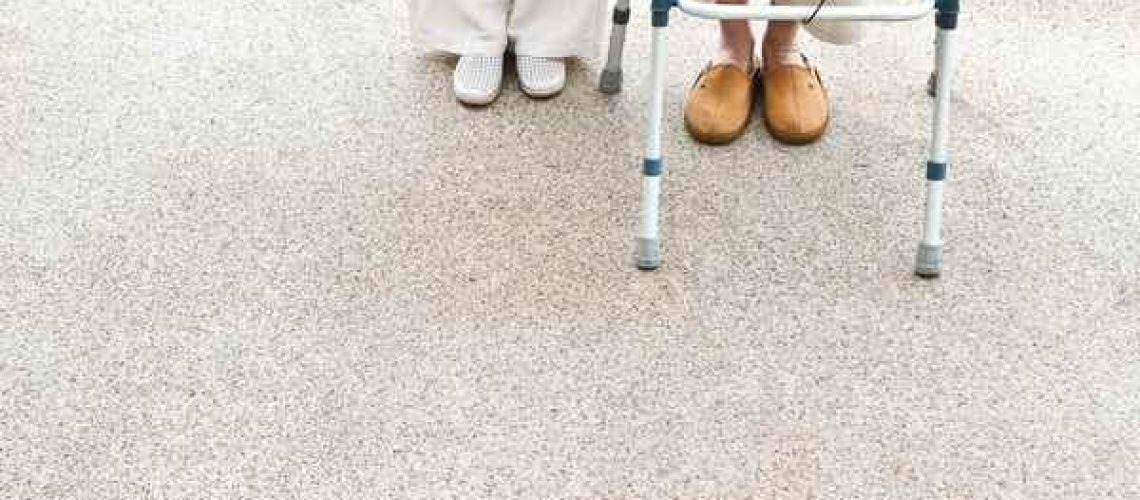Nursing homes are questioning if a proposed CMS pay model could pay them less for services provided to Medicare patients.
On Friday, the CMS proposed the Patient-Driven Payment Model which would replace the resource utilization groups model they are paid under now.
The CMS pays skilled-nursing facilities on a prospective fee schedule, which means they are a paid a predetermined amount for services they provide. The current skilled-nursing pay system separates patients into two broad care categories based on the level of care they require: patients who need general nursing services and patients who need physical, occupational and speech therapy.
The new system will have five patient categories: nursing, non-therapy ancillary, physical therapy, occupational therapy and speech training in an attempt to add more precision to the payment system so providers receive more accurate reimbursement reflecting the costs for care of all SNF residents, according to the CMS.
But it’s unclear whether the new categories and models will improve pay accuracy.
“We need to dig deeper to understand if the model assesses the patient appropriately in order to reimburse appropriately,” said Cynthia Morton, executive vice president of the National Association for the Support of Long Term Care.
There is also concern that the rule doesn’t give nursing homes the flexibility they need to offer patients customized care plans. “We are a little concerned about the therapy restrictions in the proposed rule,” Morton said.
The CMS proposed restricting group and concurrent therapy use in order to ensure that patients can receive individual sessions when clinically appropriate. In the past, SNFs would overutilize group therapy hours because they weren’t subject to the same limitations as individual sessions. The agency also worried the providers over-relied on group sessions to curb employee hours and costs.
Under the proposal, concurrent and group therapy can only account for 25% of the overall therapy a SNF provides.
“Based on our prior experience with the provision of concurrent and group therapy in SNFs, we again are concerned that if we were to implement the proposed [model], providers may base decisions regarding the particular mode of therapy to use for a given resident on financial considerations rather than on the clinical needs of SNF residents,” the CMS said in the rule.
The CMS said the new system should save nursing homes 2 million administrative hours annually, or $200 million per year in labor costs.
Nursing homes, however, are not sure the new system will be less onerous.
“After reading through the rule, I couldn’t independently verify that this system would have less burden,” Aaron Tripp, director of long-term care policy and analytics at LeadingAge, which represents not-for-profit nursing homes. “In terms of benefit to operators, that’s yet to be seen.”
On the bright side, the model could lead to increased patient traffic at certain facilities, according to Keely Macmillan, a general manager at Archway Health, which assists providers with implanting bundled payment initiatives.
The new system will make it easier for patients and providers to figure out which nursing facilities excel at care for patients with certain conditions like heart failure. Providers and patients may choose send patients to specific facilities based on their performance under the new model, Macmillan said.
This is the second time in two years the CMS has suggested a payment model to replace resource utilization groups. The nursing home industry panned last year’s proposed model, known as the Resident Classification System, because it used outdated data to establish payments.
The reclassification model also relied on ICD-10 codes to determine which categories patients would be placed in. Nursing homes worried about that proposal because selected codes were not always the correct ones, according to LeadingAge.
Now, the CMS is using newer data to determine payments and they will rely on nursing home data to classify patients, Tripp said.
The Medicare Payment Advisory Commission, HHS’ Office of Inspector General and others have criticized current nursing home payment strategy for years. They say it gives nursing homes incentives to bill higher intensity rehab codes to maximize reimbursement.
Between 2002 and 2016, the share of days classified into rehabilitation classifications in SNF facilities increased from 78% to 94%, according to MedPAC. The share of days assigned to the highest rehabilitation classifications codes increased from 7% to 58%.
Medicare spending for SNF services in fiscal 2002 was $14.5 billion, about 5.6% of total Medicare spending. By 2016, Medicare spending on SNF services was $29.1 billion or about 8% of Medicare spending, according to MedPac.
The CMS will accept comments on the proposed model through June 26. If finalized, it would launch Oct 1, 2019.
——————————————————
Photo courtesy of: Modern Healthcare
Originally Published On: Modern Healthcare
Follow Medical Coding Pro on Twitter: www.Twitter.com/CodingPro1
Like Us On Facebook: www.Facebook.com/MedicalCodingPro







